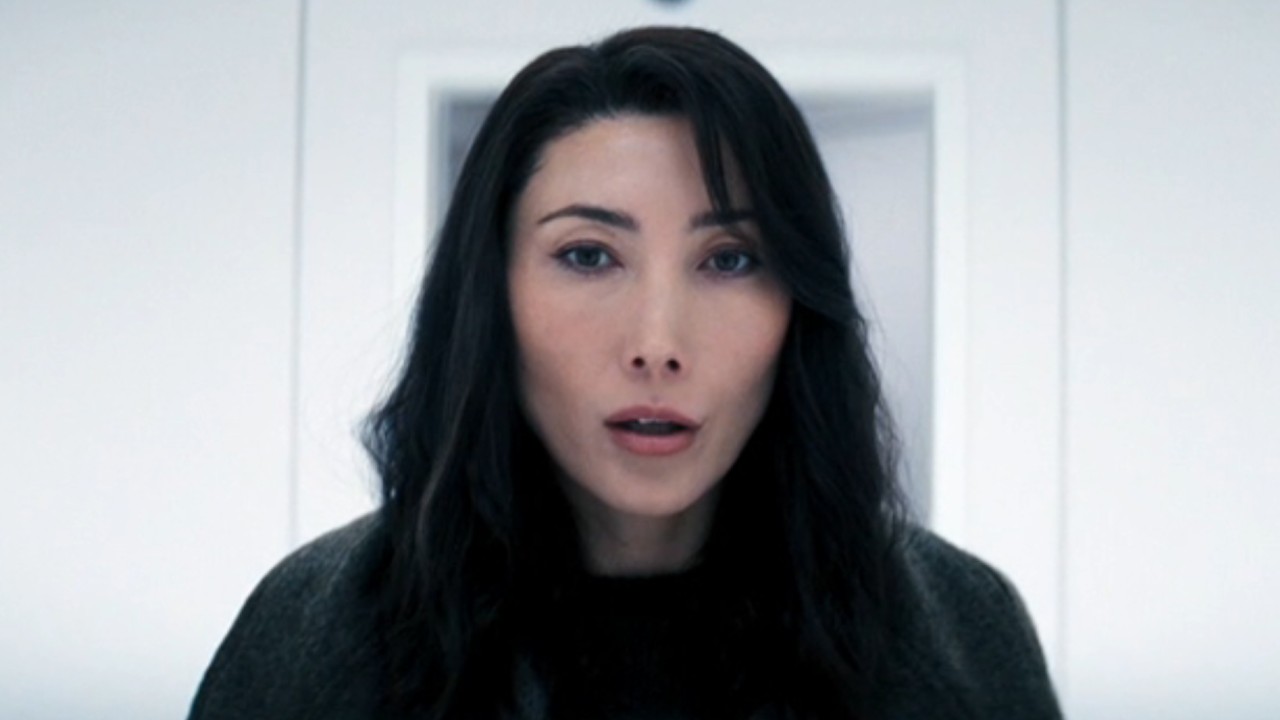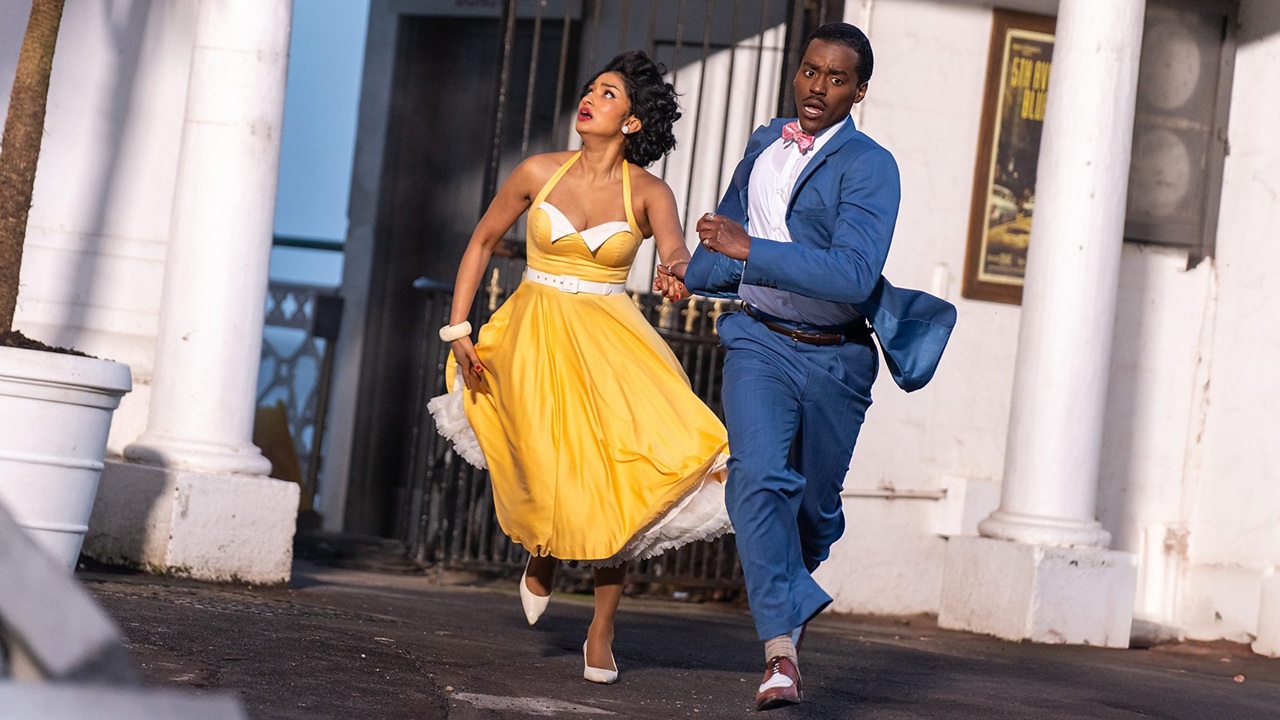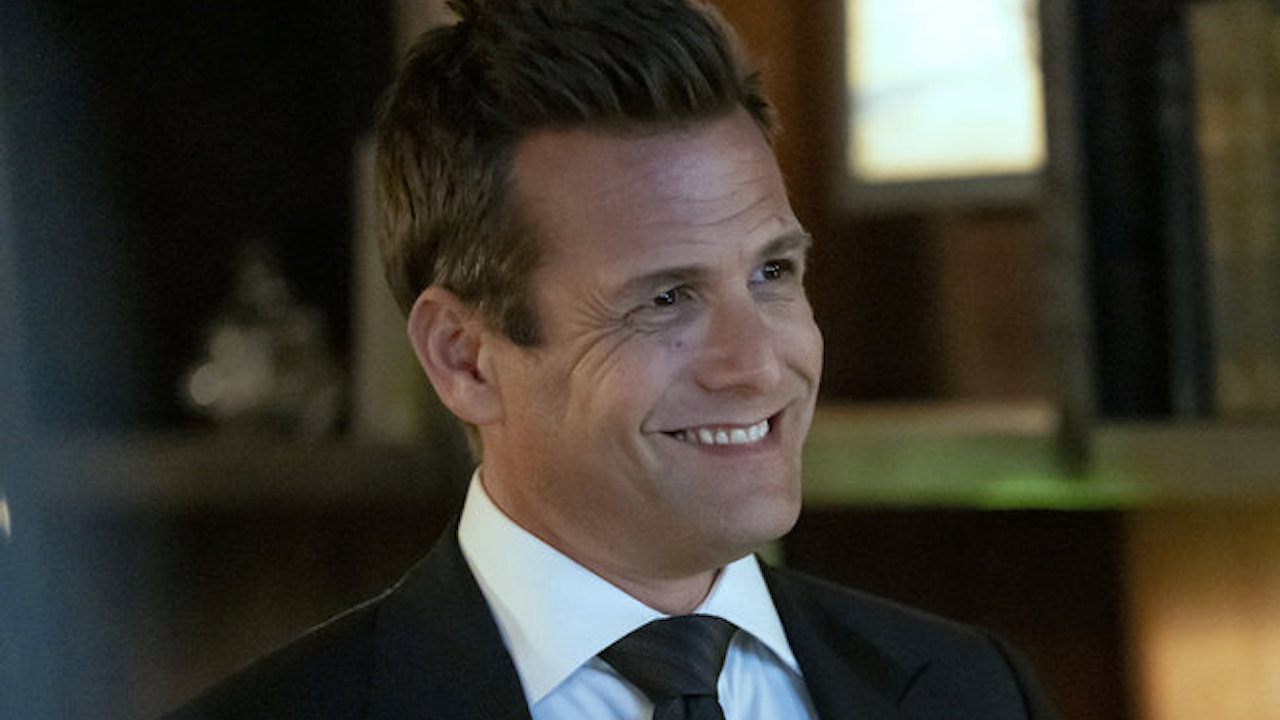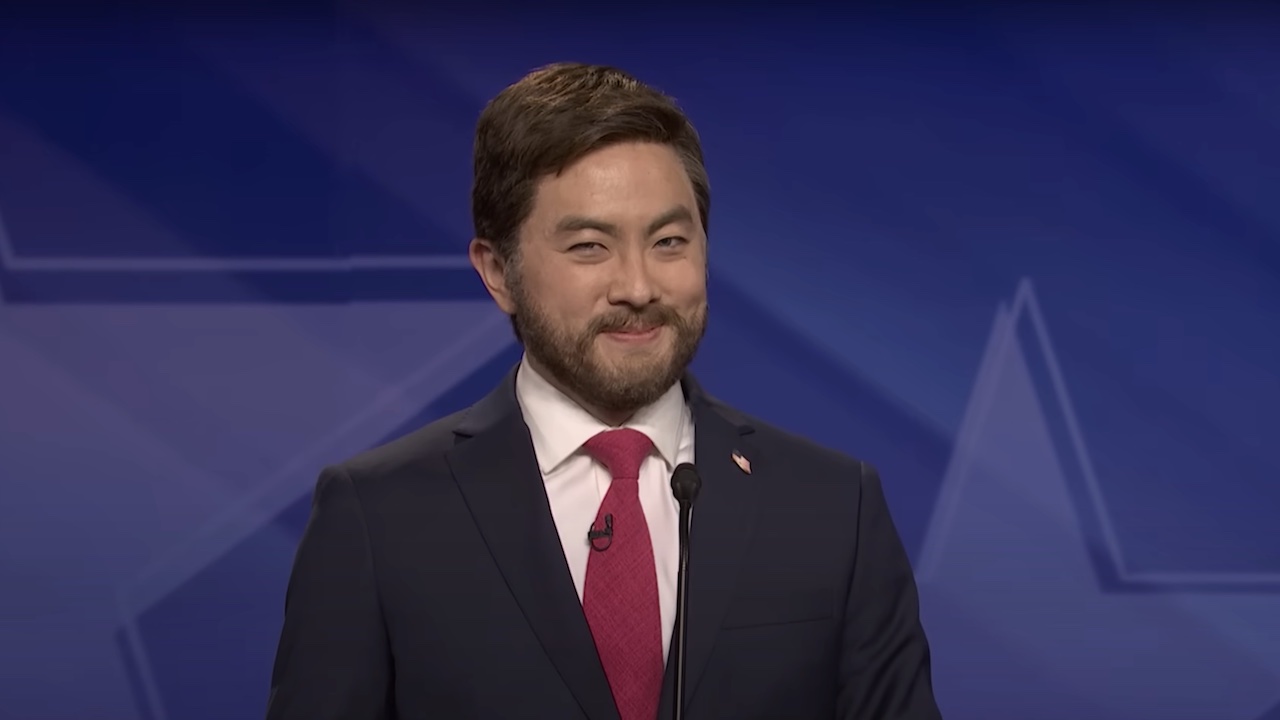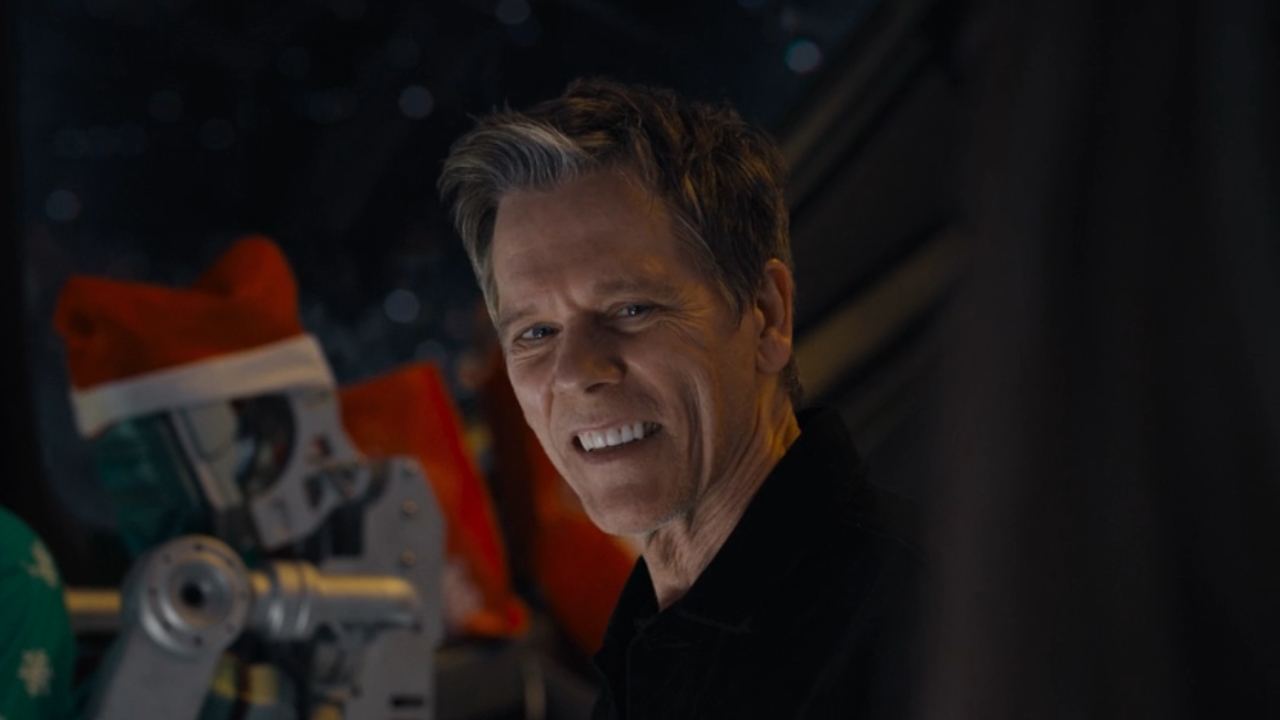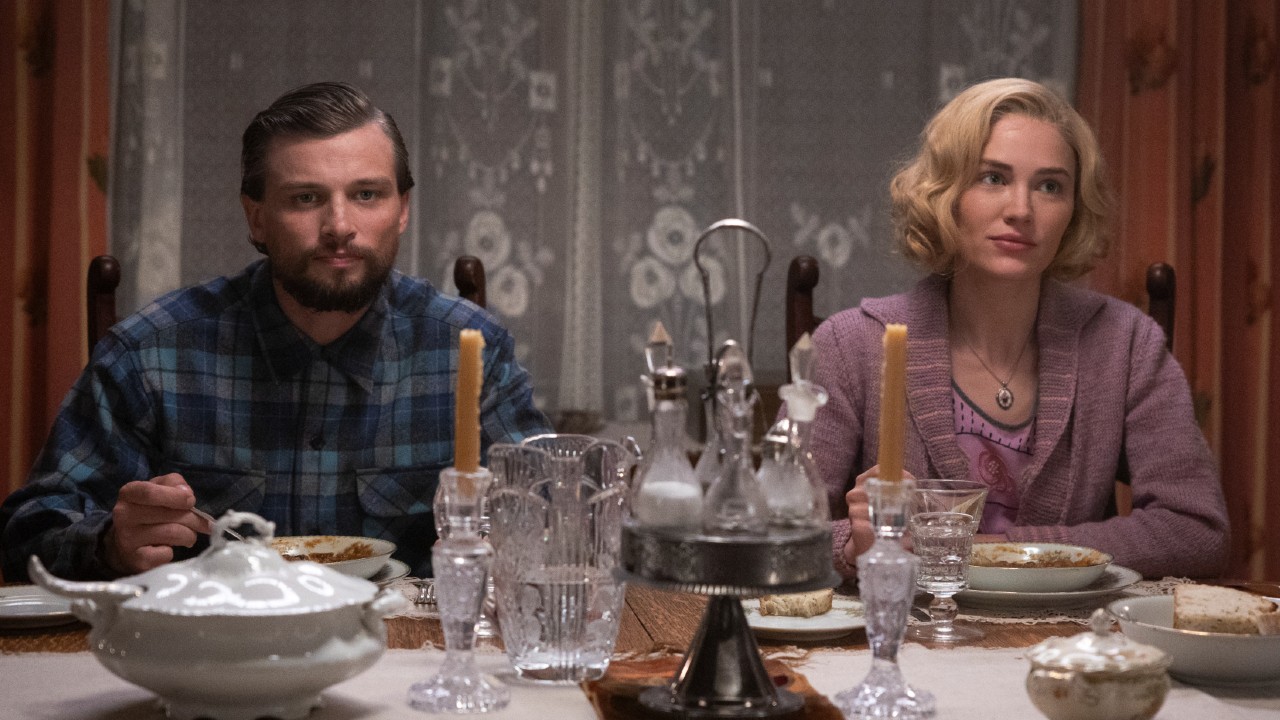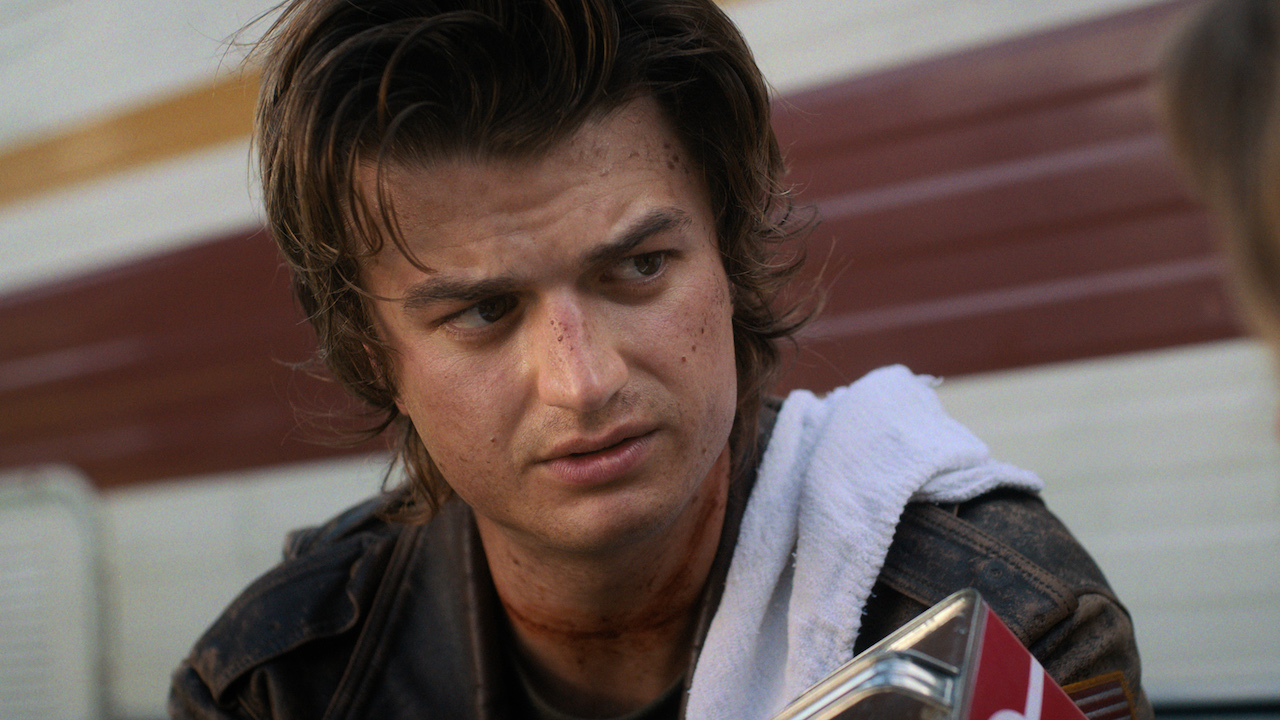How Dayna Jergens' Las Vegas Mission From The Stand Differs In Stephen King's Book
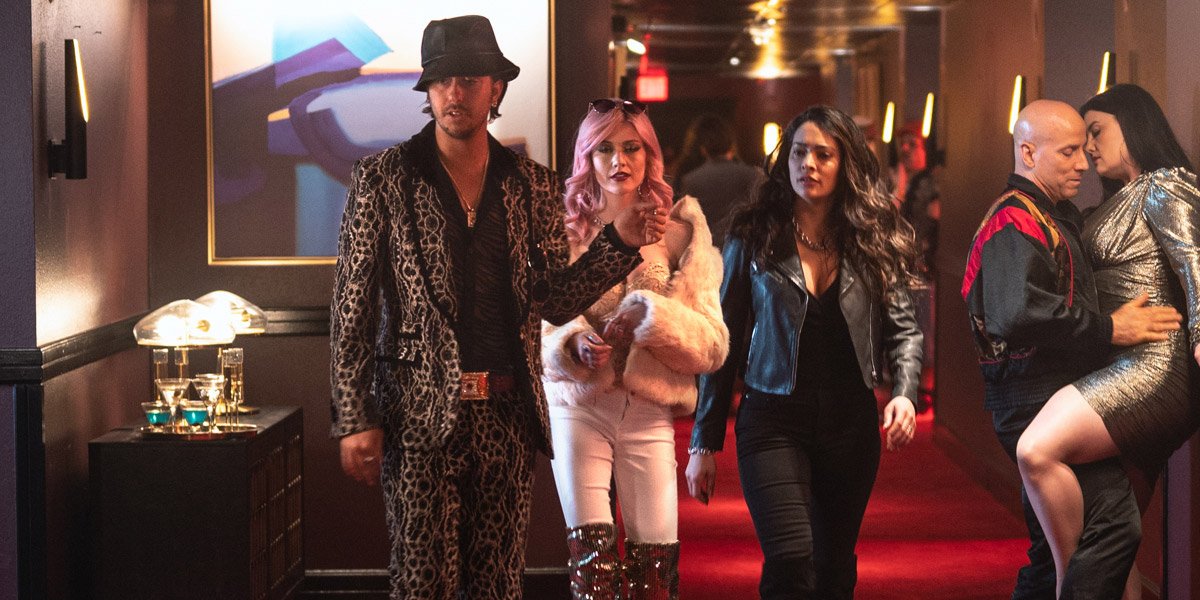
The first four episodes of CBS All Access’ The Stand feature multiple references to what Randall Flagg is cooking up in Las Vegas, with the message from the crucified man in “Blank Page” driving home the scariness of the operation – but exactly what has been going on in the desert city has been left to audiences’ imaginations. Now the curtain has been pulled back. While still featuring action in the Boulder Free Zone, “Fear and Loathing in New Vegas” (a spin on the title of the famed Hunter S. Thompson book) has revealed what life is like Flagg’s domain, and it’s pretty damn hellish.
The events that transpire there also don’t entirely line up with what Stephen King originally wrote in his epic novel – which brings us to the operation of this weekly feature. Just like all of the previous episodes, there are multiple ways in which “Fear and Loathing in New Vegas” noticeably deviates from the original text, and here I’ll go through them in order of how they play out.
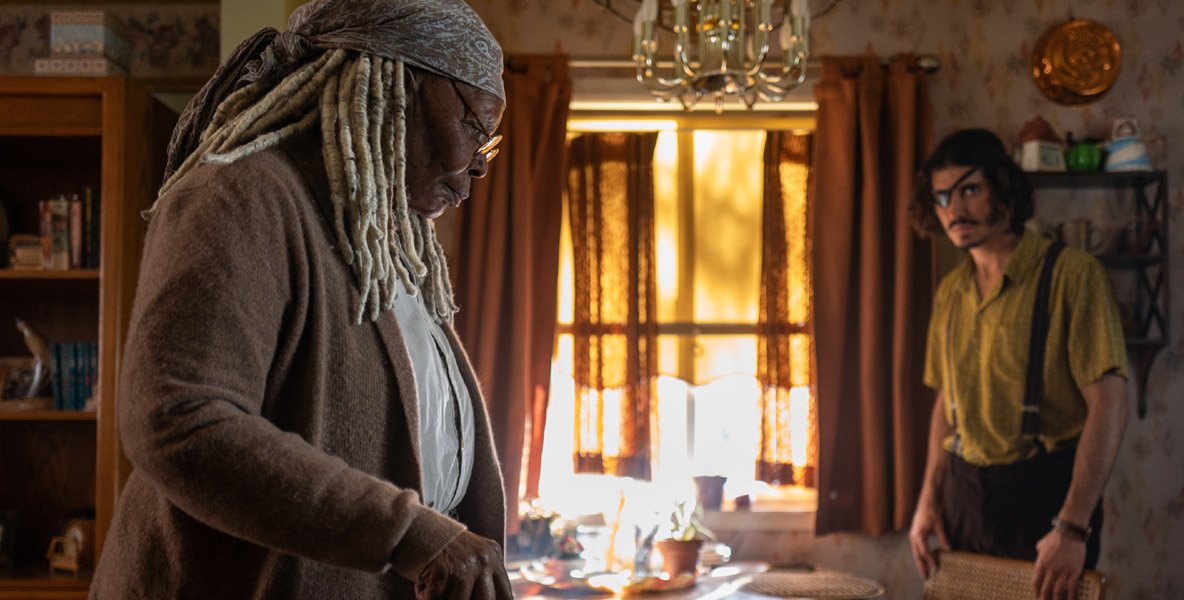
Mother Abigail Is Pissed About The Spies Being Sent
The big final note in this week’s episode of The Stand is Ray Brentner discovering that Mother Abigail Freemantle has gone missing, and while this by itself is an element of the story directly adapted from the book, what’s different about it is its timing. Specifically, Mother Abigail leaves the Boulder Free Zone before the committee can even convene about the idea of sending spies to Randall Flagg’s Las Vegas – which was something that was featured in “The House Of The Dead” a.k.a. episode four. The result of this is that the spiritual leader of the post-apocalyptic community has an in-the-moment reaction to the decision, and it most definitely pisses her off.
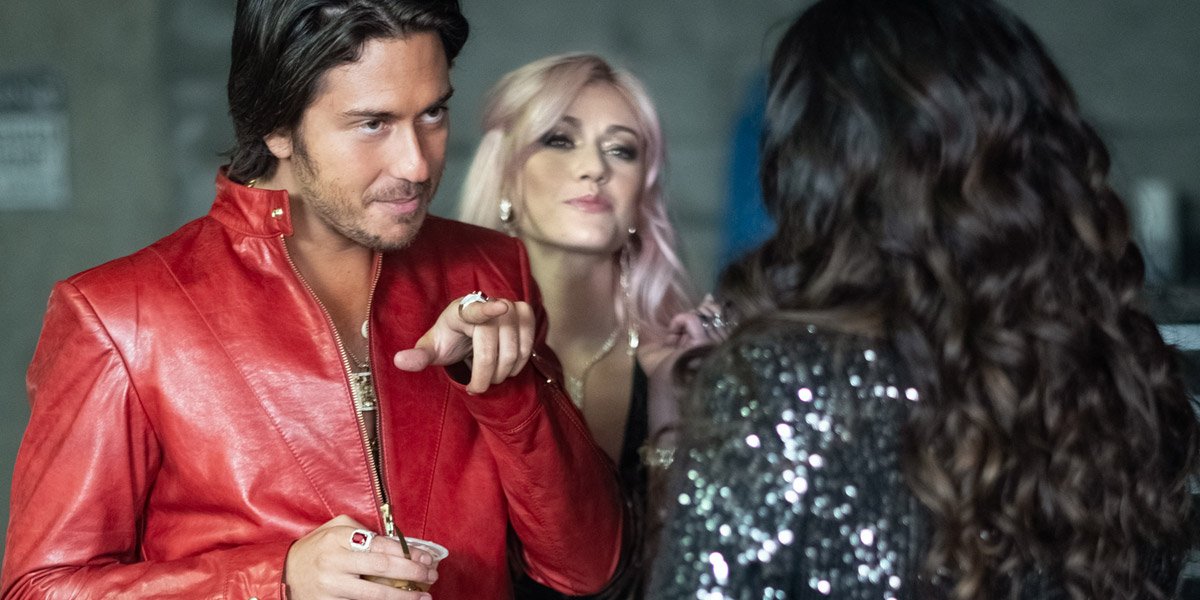
Dayna Doesn’t Have To Sleep With Lloyd
If we’re picking teams after the apocalypse, Dayna Jergens is most definitely somebody I want on my side. Her story in The Stand features her going through absolute hell, but through it all is a perfect trooper who does everything in her power for the side of good. She is, however, saved one serious indignity in the miniseries compared to the book: she doesn’t have to sleep with Lloyd Henreid. In the source material she begins a sexual relationship with Randall Flagg’s second-in-command with the sole intention of using him to get to The Walking Dude, and she is totally prepared to do the same deed in the adaptation, but Julie Lawry winds up saving her the displeasure by bringing up Flagg during foreplay – which proves to be an excellent boner killer for Lloyd.
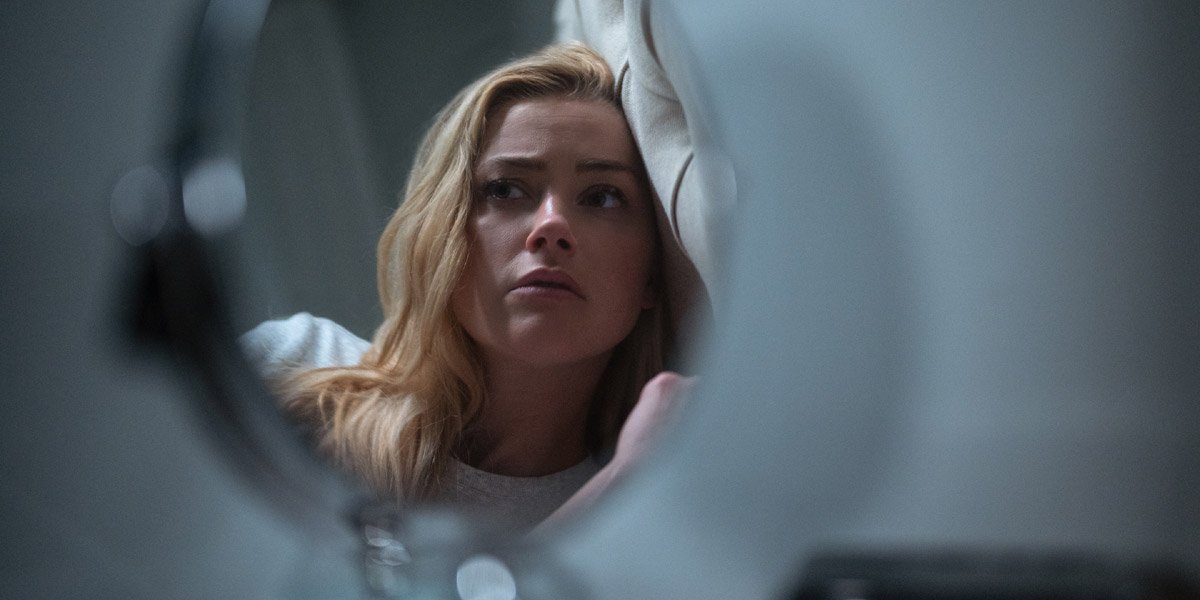
Larry Isn’t In Another Relationship When Nadine Begs Him To Take Her Virginity
I’ve been waiting for the right opportunity to address the change in the relationship between Larry Underwood and Nadine Cross from Stephen King’s The Stand, and this seems as good a time as any. There is a point in the book as the two characters cross America together that it seems they may end up as a couple, but not only does Randall Flagg run interference on that idea, but there is also another woman that Larry meets as their group of survivors grows. That character, Lucy Swan, has been cut out of the CBS All Access miniseries, and it’s interesting to note that it makes Larry’s rejection of Nadine’s advances all about personal growth instead of both that and a committed relationship.

Dayna Gets A Note To Tom
Thanks to the Boulder Free Zone Committee underestimating the abilities of Randall Flagg, the plan to send spies into Las Vegas really doesn’t go all that well – and that’s a shared element between both The Stand miniseries and book. What doesn’t quite go down the same in the two versions of the story is the interaction between two of the three infiltrators. Dayna does see Tom Cullen in the original text, but it’s really not until she is very close to dying (more on that in a moment) that she actually puts together why she recognizes him.
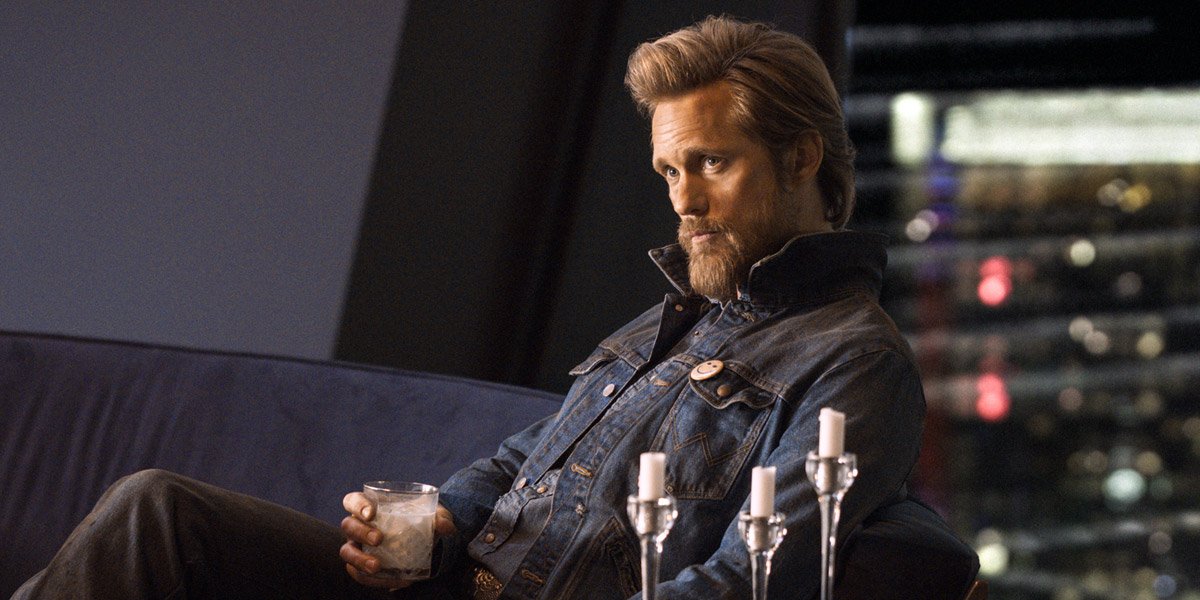
Randall Flagg Performs A Different Kind Of Magic
Here we have another bit of detail swapping with the main structure remains the same. Both the book and the CBS All Access show have a moment where Dayna gets the courage to try and assassinate Randall Flagg, but they don’t really go down the same way. For starters there is the weapon of choice. In the adaptation she slips a pair of scissors into her meeting with Randall Flagg, but in the novel she wields a knife loaded in a spring-loaded mechanism on her wrist. Then there is the actual execution. For a moment in the new version it seems like Dayna has possibly taken out the evil force by stabbing The Dark Man in the neck, but it turns out to be an act. Stephen King’s take is a touch weirder: Flagg transforms her knife into a banana.
CINEMABLEND NEWSLETTER
Your Daily Blend of Entertainment News

Dayna Opts For A Different Method Of Suicide
There is a whole lot of awful death featured in all versions of The Stand, but the death of Dayna Jergens is certainly one of the grizzliest. And while her suicide in this new adaptation is definitely horrible, as she uses a broken bottle to stab her own throat, the book is sincerely worse. The character comes to the same understanding in Stephen King’s version that she has to die before the information about Tom Cullen is tortured out of her by Randall Flagg, but her move is to try and smash through one of the hotel suite’s windows. It doesn’t go quite as planned, as she does successfully break through the glass, but only makes it halfway due to the sturdiness of the pane. Flagg begins to drag her back in, but she kills herself by violently twisting her neck and driving an imbedded shard deeper into her neck.

Harold Has Full Blown Security System
One thing that was always going to demand change in this new adaptation of The Stand is the massive technology gap that exists between our modern world and 1978 – the year that the book was originally published. Turning on the electricity (as we saw depicted in “The House Of The Dead”) means not just functioning lightbulbs and radios, but personal computers (albeit sans internet) and home video equipment (R.I.P. Teddy Weizak). It also means booting up advanced home security systems, which we learn in this episode Harold Lauder has set up in his house. At first you think Fran Goldsmith’s plan is screwed just because Harold notices the chess piece that Larry Underwood knocked over, but the situation is then shown to be far worse than that.
I’ll be back next week with another examination of how the new miniseries lines up with the book, and it should be an experience that requires a seatbelt. Episode 6, titled “The Vigil,” will feature the debut of Ezra Miller as everyone’s favorite delusional pyromaniac, Donald Merwin Elbert, better known as The Trashcan Man. Stay tuned for my full breakdown, as well as all other manners of The Stand and Stephen King news and updates here on CinemaBlend!









Eric Eisenberg is the Assistant Managing Editor at CinemaBlend. After graduating Boston University and earning a bachelor’s degree in journalism, he took a part-time job as a staff writer for CinemaBlend, and after six months was offered the opportunity to move to Los Angeles and take on a newly created West Coast Editor position. Over a decade later, he's continuing to advance his interests and expertise. In addition to conducting filmmaker interviews and contributing to the news and feature content of the site, Eric also oversees the Movie Reviews section, writes the the weekend box office report (published Sundays), and is the site's resident Stephen King expert. He has two King-related columns.
